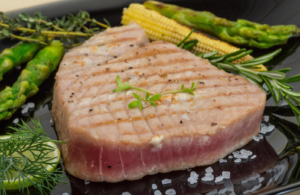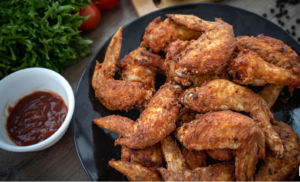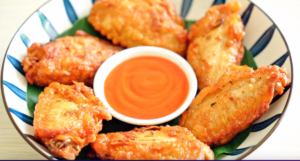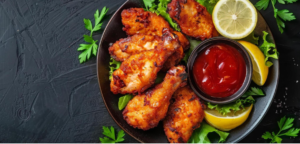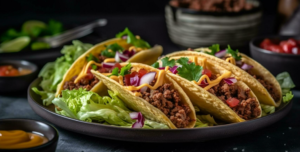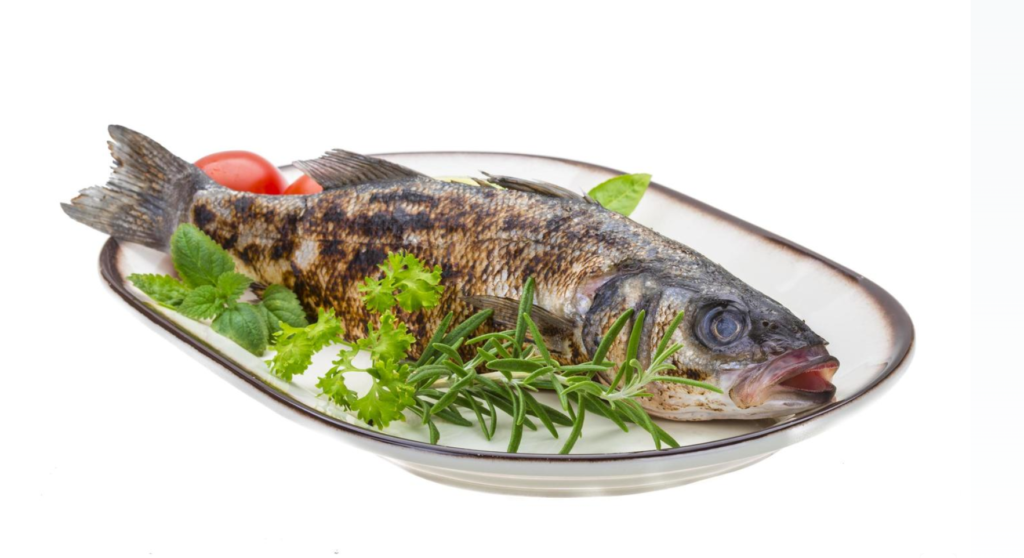
Introduction
Swai fish is a popular choice for many due to its mild flavor and versatile use in cooking. Known as Pangasius or Basa in many regions, understanding its name and significance in Spanish-speaking cultures can enhance your culinary knowledge and cooking experience. This article will explore the characteristics, nutritional benefits, culinary uses, and cultural importance of swai fish, providing a detailed guide for both novice and experienced cooks.
What is Swai Fish?
Swai fish, scientifically known as Pangasius hypophthalmus, is a type of freshwater fish native to Southeast Asia. It is commonly farmed in the Mekong River and Chao Phraya River basins. Swai fish is known for its mild taste and flaky texture, making it a popular choice for various dishes. In Spanish, swai fish is often referred to as Pangasius or Basa. For more details on the health implications and benefits of swai fish, refer to Swai Fish: Should You Eat or Avoid It?.
Nutritional Benefits of Swai Fish
Swai fish is a nutritious option, offering several health benefits:
- Protein: A good source of lean protein.
- Omega-3 Fatty Acids: Provides heart-healthy fats.
- Vitamins and Minerals: Contains essential vitamins and minerals such as vitamin D and B12.
Comparatively, swai fish is lower in fat and calories than many other types of fish, making it a healthy choice for various diets.
Swai Fish in Spanish Cuisine
In Spanish-speaking countries, swai fish is embraced for its versatility in cooking. It is commonly used in traditional dishes such as ceviche, tacos de pescado, and pescado frito. The mild flavor of swai fish makes it a suitable substitute for other white fish in these recipes. For more culinary inspiration, check out How to Cook Swai Fish.
Popular Swai Fish Recipes in Spanish
Here are some popular swai fish recipes commonly enjoyed in Spanish-speaking regions:
Ceviche de Swai
- Ingredients:
- 1 lb swai fish fillets, diced
- 1 cup fresh lime juice
- 1 red onion, finely chopped
- 1 tomato, diced
- 1 avocado, diced
- Fresh cilantro, chopped
- Salt and pepper to taste
- Instructions:
- Marinate the diced swai fish in lime juice for 2 hours.
- Drain excess lime juice and mix in onion, tomato, avocado, and cilantro.
- Season with salt and pepper.
- Serve chilled.
Tacos de Swai
- Ingredients:
- 1 lb swai fish fillets
- 1 tbsp olive oil
- 1 tsp chili powder
- 1 tsp cumin
- Corn tortillas
- Fresh salsa, avocado, and lime for serving
- Instructions:
- Season swai fillets with chili powder and cumin.
- Heat olive oil in a pan and cook the fillets until flaky.
- Serve in corn tortillas with salsa, avocado, and a squeeze of lime.
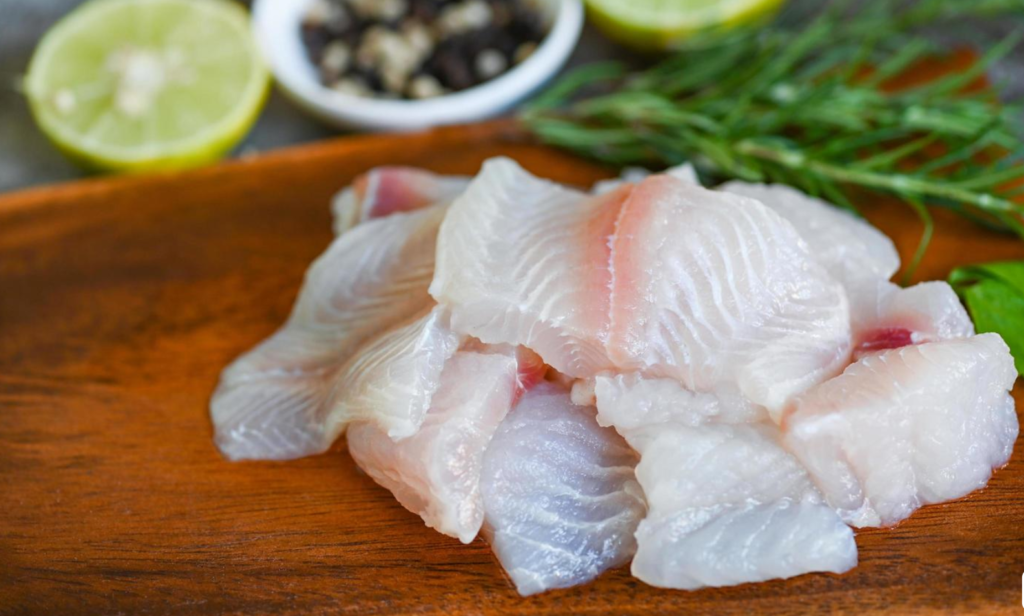
How to Buy and Store Swai Fish
When buying swai fish, look for fillets that are firm, translucent, and free of any off-putting odor. Fresh swai fish can be stored in the refrigerator for up to two days, while frozen swai fish can be kept for several months. Proper storage helps maintain its quality and flavor.
Environmental Impact of Swai Fish Farming
Swai fish farming has raised environmental concerns due to practices in certain regions. Issues such as water pollution and habitat destruction have been highlighted. However, efforts are being made to promote sustainable farming practices. Consumers are encouraged to look for certifications that indicate responsible farming. For more on this, see Swai Fish Farming Practices.
Economic Importance of Swai Fish
Swai fish plays a significant role in both local and global economies. It provides employment opportunities in farming and processing industries and contributes to the food supply chain. The affordability and availability of swai fish make it a staple in many households worldwide.
Linguistic Insight: Swai Fish in Spanish
In Spanish, swai fish is commonly referred to as Pangasius or Basa. These terms are widely recognized in markets and culinary contexts, reflecting the fish’s integration into Spanish-speaking cultures. The usage of these terms varies slightly by region, but they are generally interchangeable.
Swai Fish in Spanish Culture
Swai fish holds cultural significance in various Spanish-speaking regions, often featured in traditional dishes and local cuisines. It is celebrated for its versatility and ease of preparation, making it a favorite in both everyday meals and special occasions.
FAQs
What is the Spanish name for swai fish?
- The Spanish name for swai fish is Pangasius or Basa.
How do you cook swai fish in Spanish cuisine?
- Swai fish can be cooked in various ways, including grilling, frying, and baking, often used in dishes like ceviche and tacos de pescado.
Is swai fish healthy to eat?
- Yes, swai fish is healthy to eat, providing lean protein, omega-3 fatty acids, and essential vitamins and minerals.
What are the environmental impacts of swai fish farming?
- Swai fish farming can have environmental impacts such as water pollution and habitat destruction, but sustainable farming practices are being promoted.
How can you ensure the swai fish you buy is sustainable?
- Look for certifications indicating responsible farming practices to ensure the swai fish you buy is sustainable.
Conclusion
Understanding swai fish in a Spanish context enhances its culinary use and appreciation. From its nutritional benefits to its cultural significance, swai fish offers a versatile and healthy option for various dishes. Explore swai fish recipes and sustainability practices to make informed choices and enjoy this delicious fish.
Internal Linking Opportunities
- For more hearty and nutritious recipes, explore our Grilled Lemon Herb Chicken.
- Discover how to make another traditional dish with our guide on Stuffed Bell Peppers.
- If you love flavorful meals, don’t miss our Roasted Garlic Parmesan Potatoes.
Nutritional Information Table for Swai Fish
| Nutrient | Amount per Serving |
|---|---|
| Calories | 90 |
| Protein | 18g |
| Carbohydrates | 0g |
| Fat | 2.5g |
This comprehensive guide should give you a thorough understanding of swai fish and inspire you to try making it at home. Enjoy exploring the rich flavors and versatility of this delicious fish!
